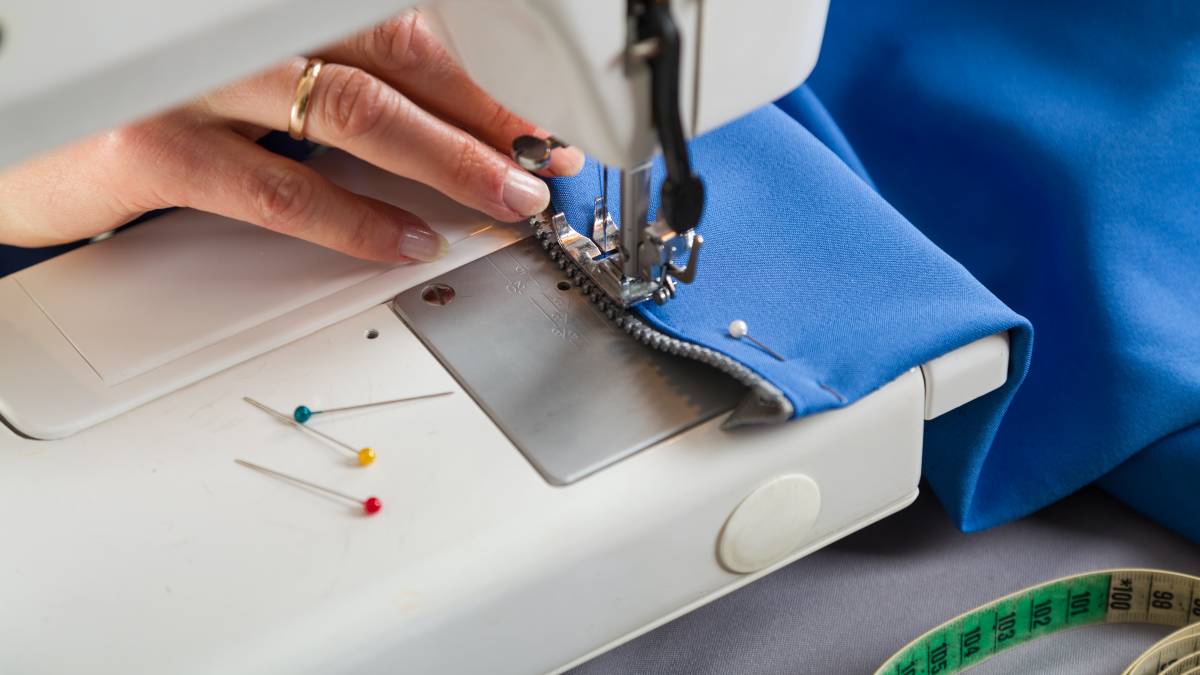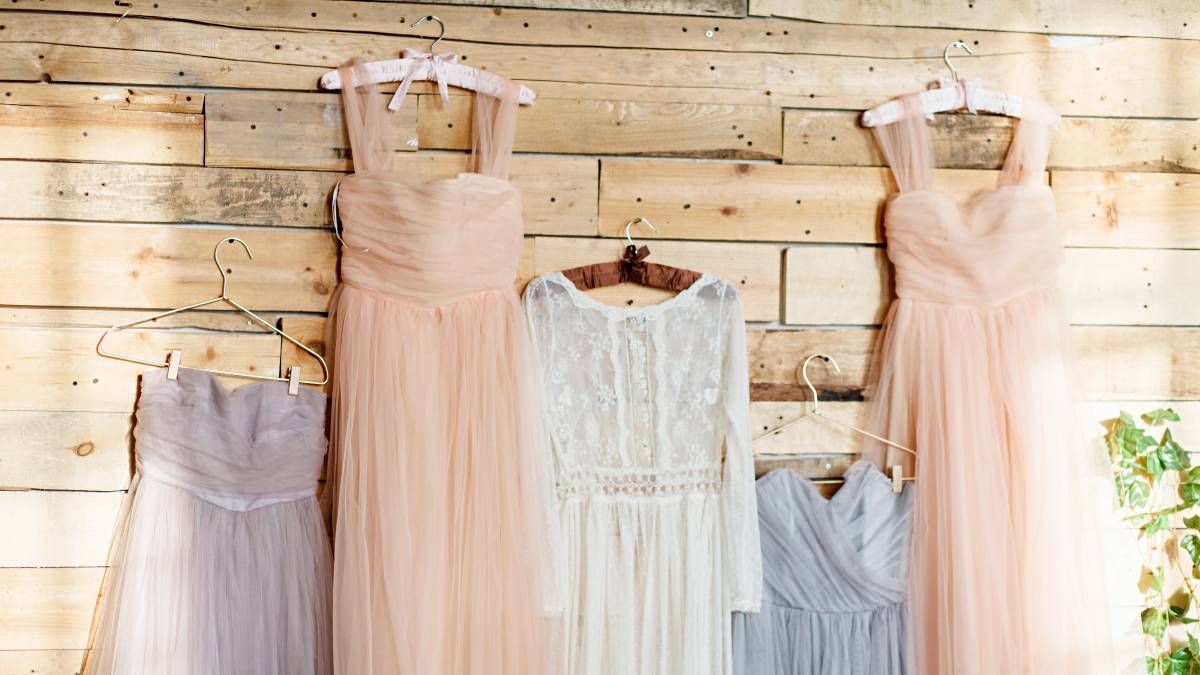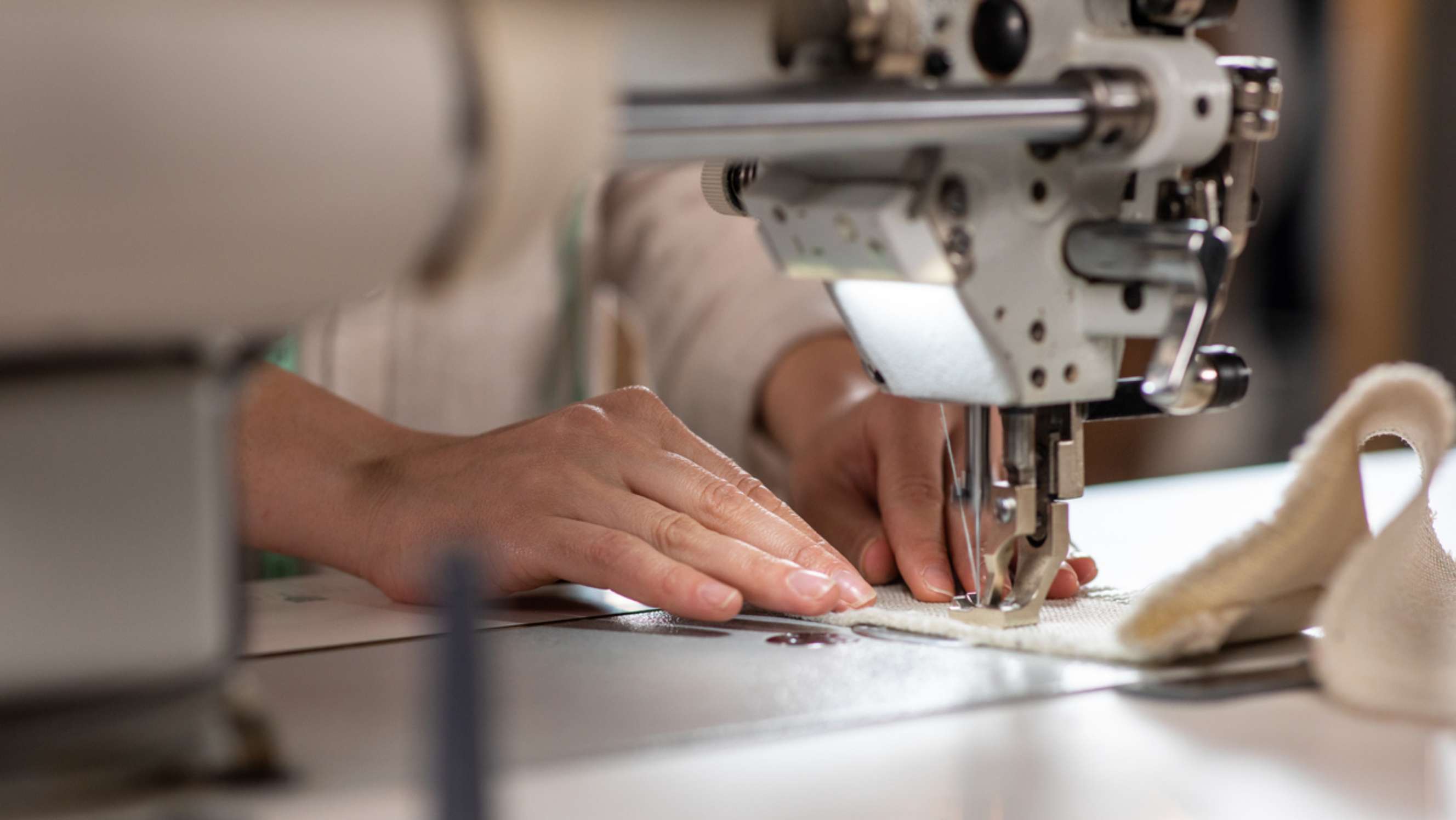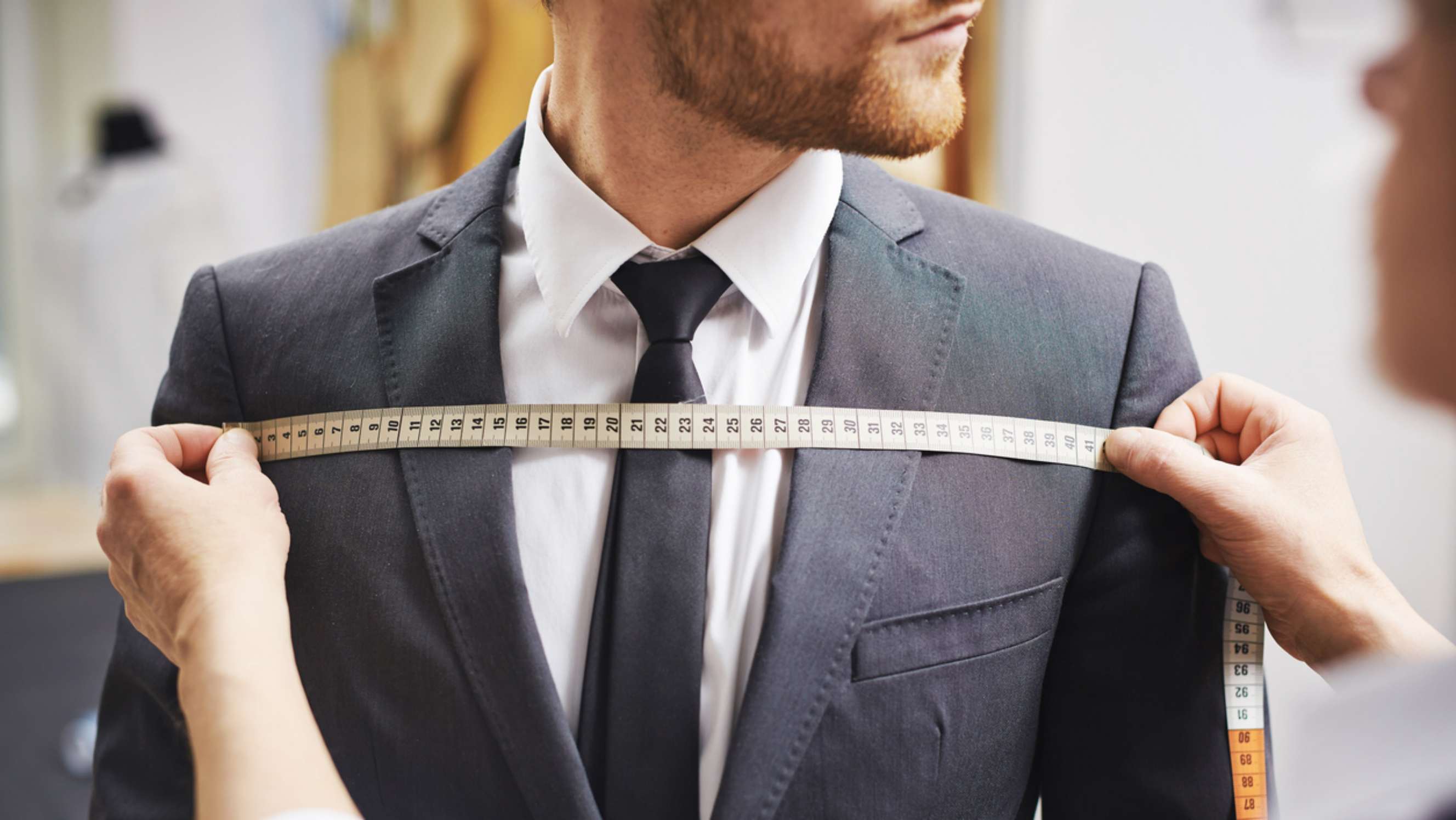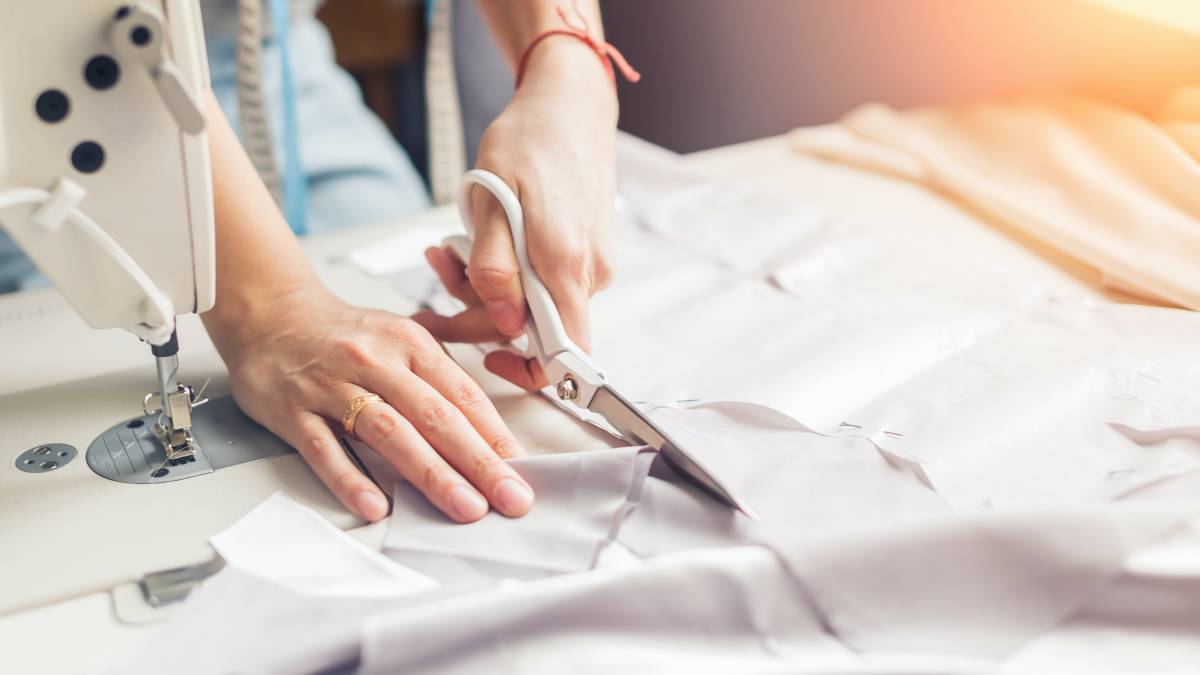
- Home/
- Costs/
- Dress Alterations/
- Dress Alterations Cost Guide
Dress alterations cost: How much do tailors charge in Australia?
Post to find a price. It's free and only takes a minute.
Price guide
$20 - $150
low
$20
median
$70
high
$150
Last Updated on
Key Facts
- Hand-sewing costs more than machine work, especially with delicate materials or embellishments. Specialty fabrics like leather can increase costs by 50%.
- Taking in fabric is simpler than adding it. Very oversized dresses might need complete restructuring from shoulders to hem.
- Basic changes like shortening hems start at $25, while more technical work, like adding material to “let out” a dress, requires advanced techniques and costs more.
We all have clothes we can’t bear to part with - that dress from your cousin’s wedding, the outfit that fits just right in some places but not others, or something that reminds you of a special story. When these pieces stop fitting properly but still look good, getting them altered makes more sense than buying new ones.
So how much do dress alterations cost? In Australia, the average cost of dress alterations is between $20 and $150. Simple fixes like hemming or taking in waists fall at the lower end, while wedding gown changes reach higher prices. Not sure what your local seamstress may charge? This guide explains what affects these costs so you can make smart decisions when giving your favourite pieces a second chance instead of replacing them.
Price list for common dress alterations
This section lists current dress alteration prices for common dress alterations. From basic fixes to complete redesigns, the tables below are organized by garment type to simplify your budgeting.
 A woman using a sewing machine to resize a dress. (Source: iStock)
A woman using a sewing machine to resize a dress. (Source: iStock)
Day dresses
| Alteration |
Price |
|---|---|
Shorten invisible hem |
$25 |
Shorten with lining |
$35 |
New zipper |
$25 |
Shorten straps |
$20 |
Shorten sleeves |
$20 |
Take in hips and waist |
$30 |
Evening dresses
| Alteration |
Price |
|---|---|
Hems with lining |
$60 |
New zipper |
$40 |
Shorten straps |
$30 |
Take in |
$30 |
Add darts |
$40 |
Bridal gowns
| Alteration |
Price |
|---|---|
Adjust hem |
Starts at $120 |
Take in bust |
Starts at $80 |
Take in bodice |
Starts at $150 |
Bridesmaid dresses
| Alteration |
Price |
|---|---|
Hem adjust |
Starts at $70 |
Take in (bust) |
Starts at $50 |
| You might also like: Bridesmaid Dress Alterations Cost Guide |
Factors affecting dress alteration costs
1. Job complexity
How much does it cost to get a dress altered? The price of different alterations, like zipper repair and letting out, mainly depends on job complexity. Suppose you want to give an heirloom dress a little makeover or turn your daughter’s gown into something she can wear more often. Alteration intricacy usually determines how much it costs to alter a prom dress or formal gown.
Shortening or tightening garments is the easiest, most common, and probably most inexpensive type of alteration, costing around $30. Sometimes, clients may require a dress to be enlarged (or the process of “letting out”) to fit bigger frames. For this kind of project, the seamstress might apply various tricks to add more material to the garment.
2. Dress type
The more elaborate the dress, the more expensive it is. Altering a wedding dress can be a little more tricky. It is helpful to note that wedding boutiques often keep only one to two sizes of a specific design in stock for wedding gowns. Dresses like these are usually smaller, so probably need to alter the dress you purchased. It’s very common for wedding dresses to be designed as more alteration-friendly than standard, ready-to-wear gowns.
| You might also like: Wedding Dress Alterations Cost Guide |
It will be easier and cheaper to take in a dress than to let it out. However, too large sizes probably require remaking because the cuts must be remade, from the neckline and shoulders to the bodice and skirt side seams. But everything will be worth it because, without proper alterations, you might have to deal with a wardrobe malfunction.
3. Stitch type
There are different types of stitches depending on the style of the dress. A blind-stitched (or invisible) dress hem alteration costs less than a top-stitched hem. Alterations requiring more hand sewing take longer and thus cost more. Most formal attire and bridal gowns with delicate fabric, intricate lace designs, or elaborate beadings require hand sewing to ensure that the embellishments are placed accurately.
 A woman using a sewing machine to alter a dress. (Source: iStock)
A woman using a sewing machine to alter a dress. (Source: iStock)
4. Fabric type
The thickness and machine requirements of the fabric also contribute to the dress alteration service’s cost. For instance, shortening and hemming a dress made of denim will require a seamstress to use a sewing machine with heavier-gauge needles and threads. Leather is a rare material to use in dresses, so altering a leather dress will usually cost 50% more than a fabric dress.
5. Your location
Just like any project, location can affect the cost of booking dress alteration services. A professional seamstress in a major city, whether you’re looking for a tailor in Brisbane or a tailor in Melbourne, might have higher fees due to increased business expenses like storefront rent and taxes.
The same could be said for a tailor in Queensland’s larger urban areas. On the other hand, dress alteration costs, much like those you might find from a tailor in South Adelaide or in more rural parts, tend to be lower in less populated areas.
Rates for additional services also differ per location. For example, rates for same-day dry cleaning in NSW following a dress alteration might be higher compared to other areas.
6. Tasker experience
The skill level of the alteration or tailoring expert you choose also affects the cost of dress alterations. More often than not, professional seamstresses with decades of experience charge more than newer ones.
Post a task for dress alteration
Got a few special dresses you want freshened up? Why search through endless listings when you can have seamstresses come to you? Posting a task brings all available dress alteration experts straight to your inbox.
Start here:
- Take photos of your dress and write down exactly what needs fixing
- Post your task with clear details about timing and budget
- Read previous customer reviews to pick someone skilled
- Choose your tailor and pay only after they finish
That vintage dress from your aunt? The cocktail number that’s just a bit too long? They don't need to sit unworn in your closet. For what you’d spend on lunch with friends, you can keep wearing clothes that make you happy. Post your first dress alteration task at Airtasker today!
FAQs
Improperly fitted dresses don't look flattering on any figure. Most importantly, they're not comfortable to wear. Fashion nightmares such as unflattering photos and wardrobe malfunctions are some of the issues you can prevent by having your dress altered.
The process of making a beautiful dress requires training and skill. Unless you have training or experience altering dresses, doing it yourself might cause more harm than good.
A well-fitted dress must support and shape the bust. It should also accentuate your body shape. For most women, casual dresses should be comfortable to wear. For brides, a gown should be long enough to cover their shoes (if applicable) but not too long that it causes them to trip.
Find dress alteration experts, fast
Post a task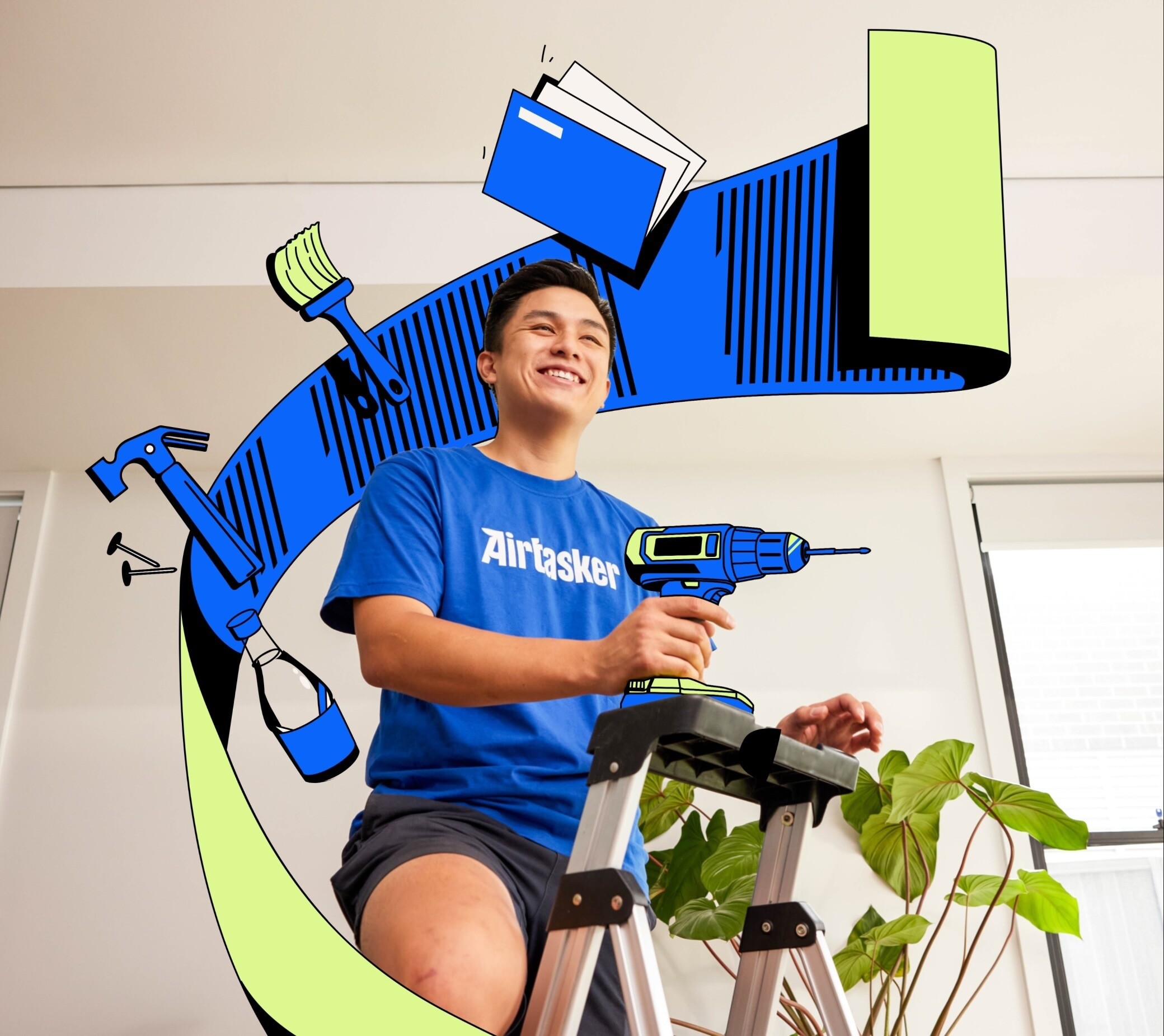
Related price guides
Related articles


